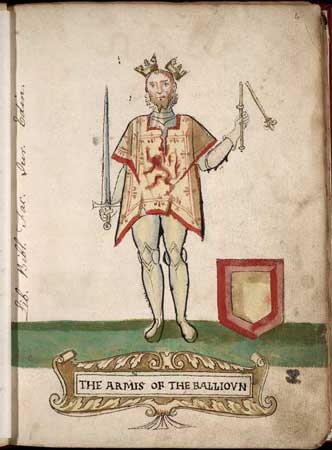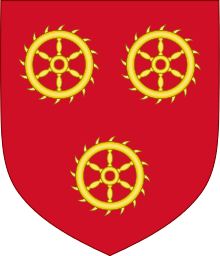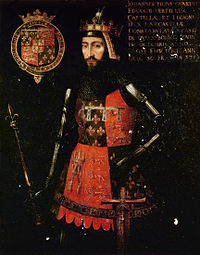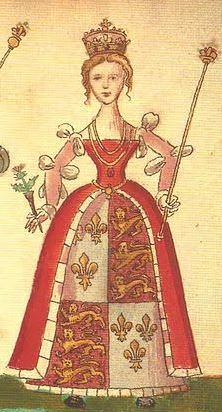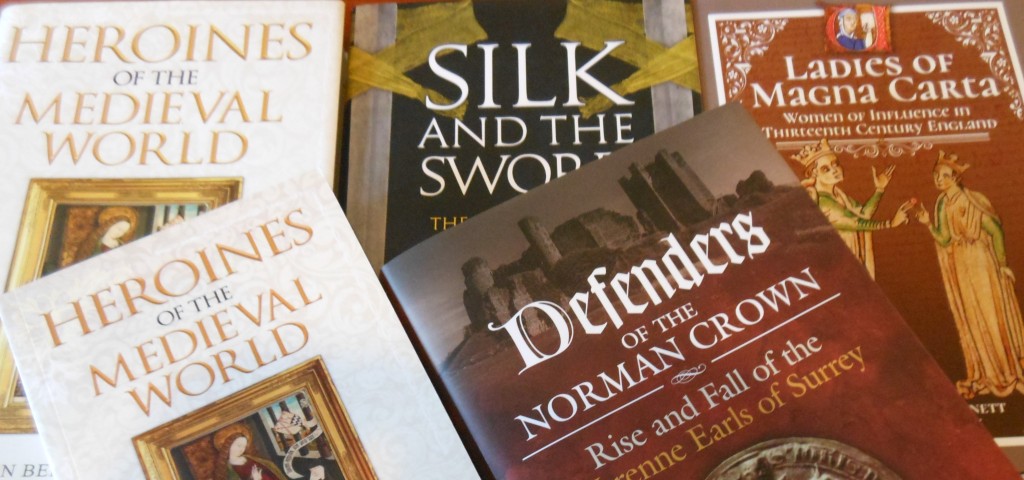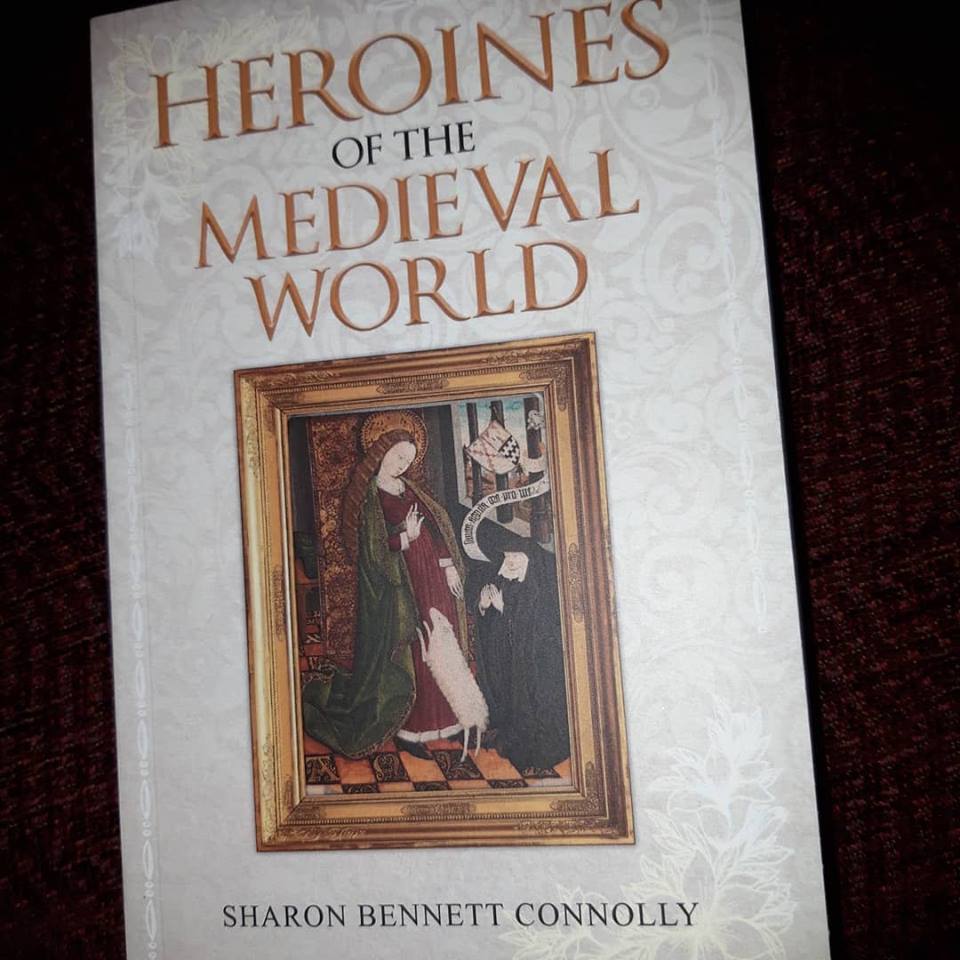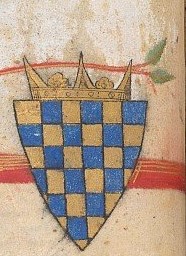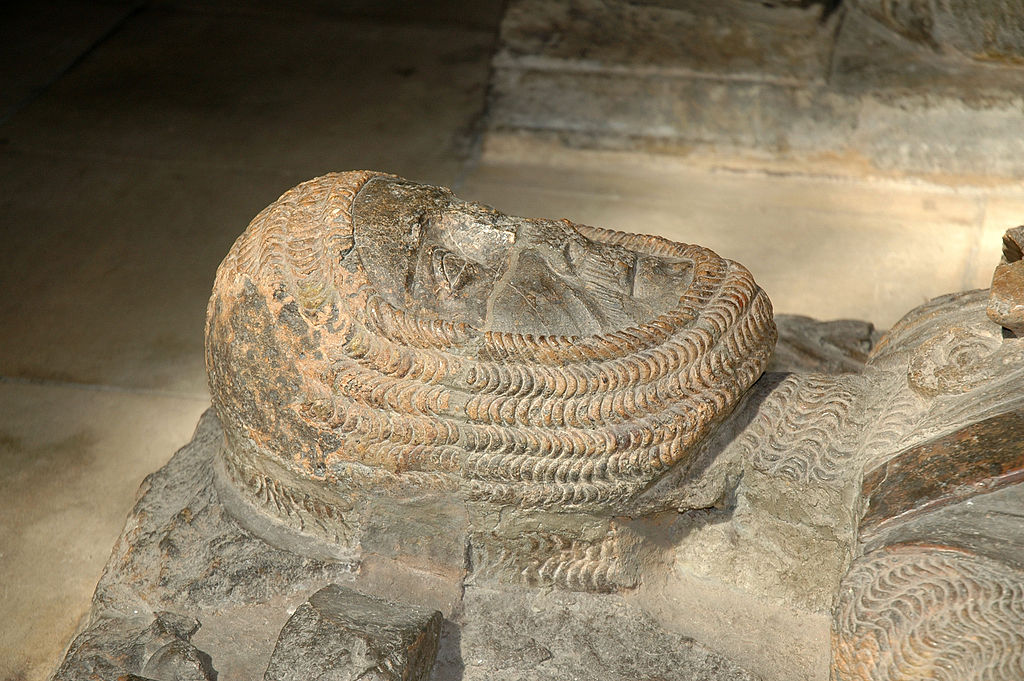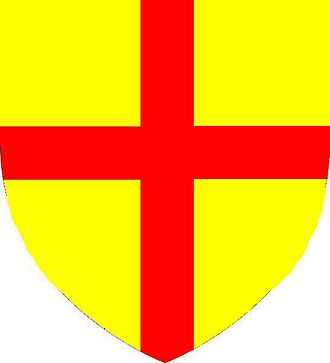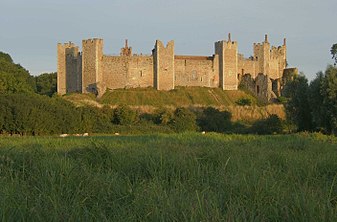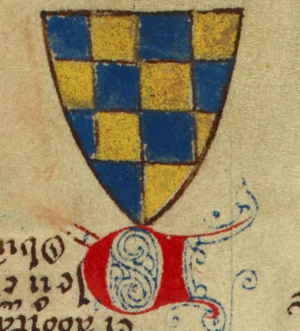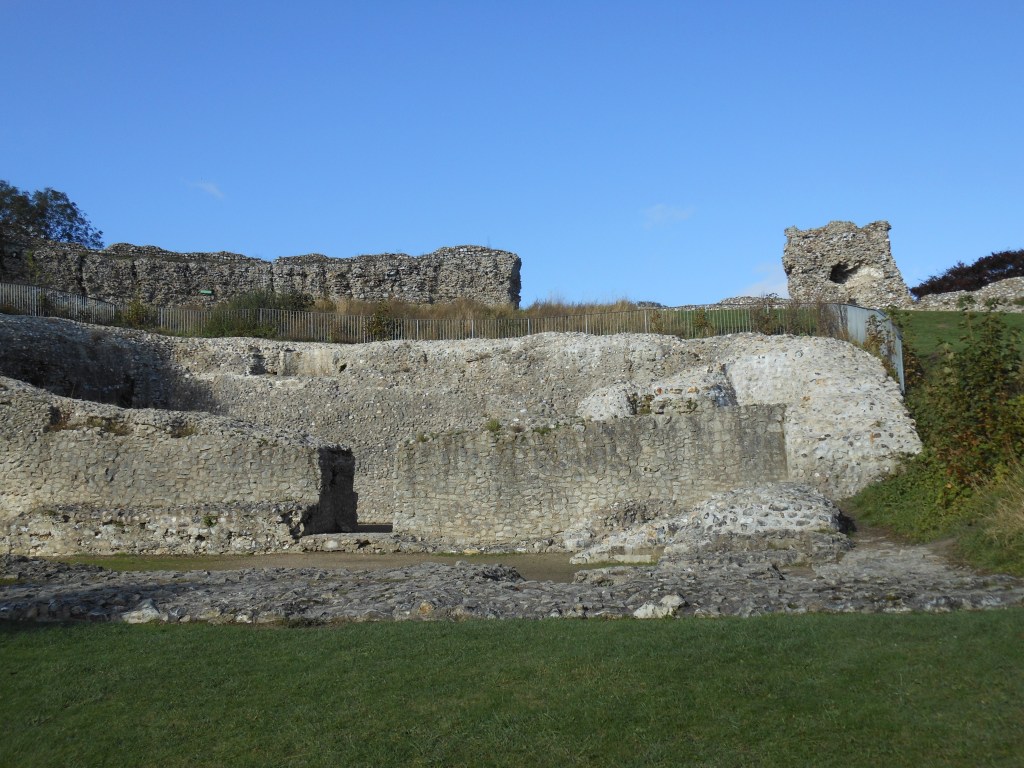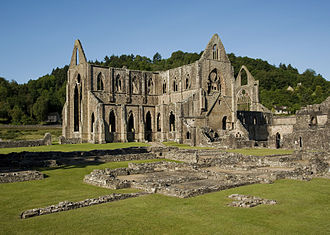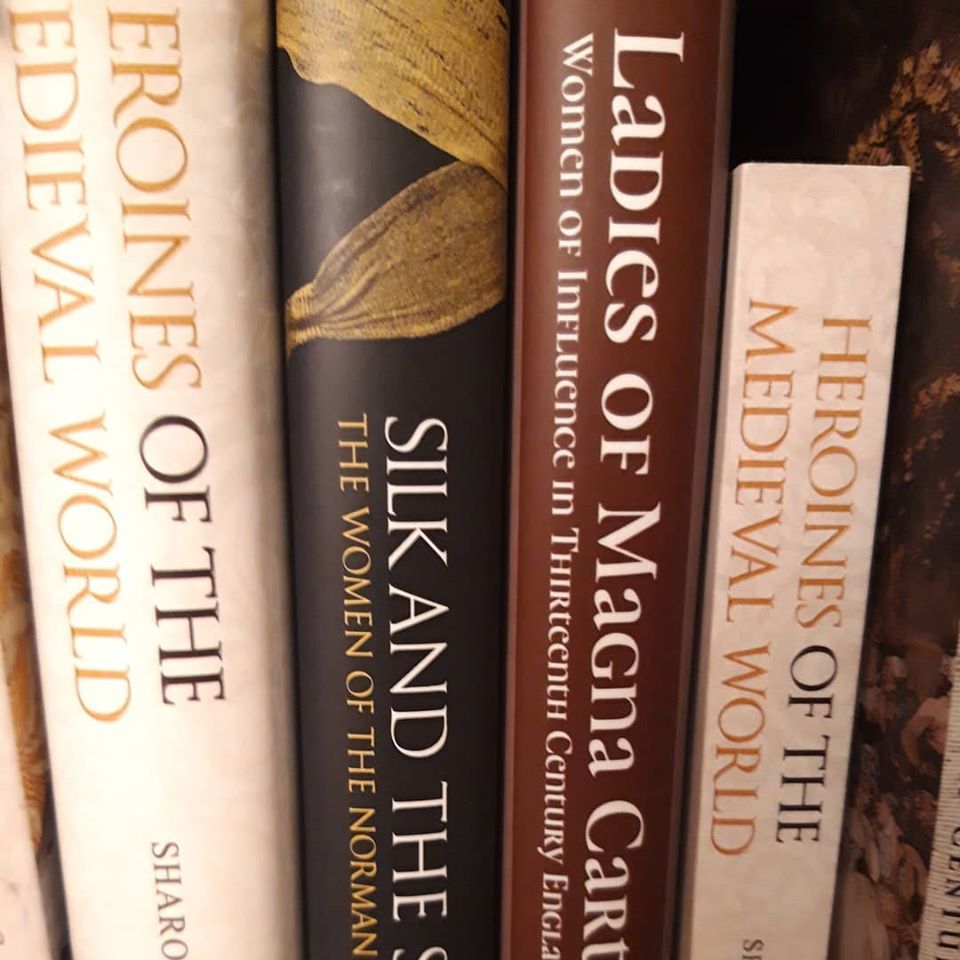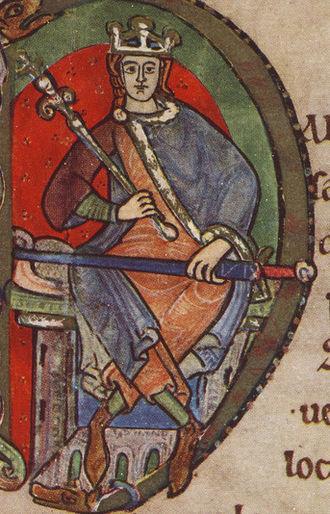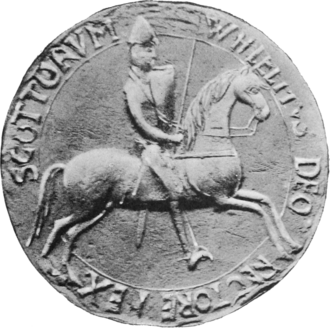I am currently reading a fabulous, very personal biography of King Charles I, by Mark Turnbull. Charles I’s Private Life concentrates on the personal, rather than political, life of one of England’s most controversial kings – the only one to be convicted of treason and publicly executed. It is a fascinating, intimate, biography. And Mark has very kindly joined me today with a taster of what you can expect from the book.
The Boy who Would be King
The past is full of anchor points and legendary facts. Henry VIII’s marital record, for example, snags many history enthusiasts, helping the 118-year Tudor rule flourish in books, films, and television. By comparison, at 111 years, the Stuart era often flounders because this stormy period has so many complicated threads – most especially the Wars of the Three Kingdoms.
The monarch during the civil wars was King Charles I. His death is probably the most well-known fact about him that sticks in our minds. On a cold January afternoon, wearing two shirts lest shivering give the appearance of fear, he was executed outside his palace. In the aftermath of his death, his enemies were keen to portray him as a tyrant responsible for the deaths and atrocities. King Henry’s divorce had given birth to the Church of England, but it was Charles’s defence of it that led to his veneration as a martyr when the monarchy was eventually restored. Over the centuries he has increasingly become a two-dimensional martyr or murderer; an anachronism to many today. History has almost severed his personal character, life, and loves.
Charles I’s Private Life digs deep into the man behind the crown, to better understand him, and in turn, the wars that dominated his reign. With emphasis on his personal relationships, I have aimed to produce a most intimate biography. One of the fresh aspects is closer examination of his overlooked childhood – years that formed his character and beliefs.
Born in 1600, the second son of King James VI of Scotland had a sickly start. In 1603, when James acceded to the English throne, the royal family hurriedly crossed the border. Charles was not deemed to be up to the journey for another year. He initially struggled to walk and talk but fought and overcame this restrictive existence.
After the 1605 Gunpowder Treason broke, he would have known that his own death had been part of the plot. Aged five, whilst traversing Whitehall Palace, the hub of Stuart government, he was no stranger to gossip and fear. On one occasion, he wandered into one of his father’s meetings, only for James to hold him aloft in jubilant relief at their survival. While plague had wiped out many, it helped save the Stuarts. The opening of Parliament had been postponed on account of it, causing delays that saw the plot unravel. Pestilence also helped foster a strong bond between Charles and his elder brother, Henry, when the pair were packed off to the country to escape it.
Charles hero-worshipped his brother. When Henry was absent on progresses, a pining Charles would visit his brother’s stables and ride his horses. He offered to give “anie thing that I have” to his eldest sibling, whether it be horses, crossbows or books. One particular gem of research was a short poem Charles penned in 1608, aged seven, whilst preparing for a jaunt on Henry’s miniature vessel, named Disdain. There is a timeless innocence and excitement in the simplicity of the request for gunpowder for the cannons:
“Saterday is the day
let 4 great barrels of pouder cume away”
Many suggest Charles was overshadowed by Henry. The latter’s numerous talents, which he had no qualms of showing off, certainly made him a legendary figure. Athletic and good looking, he was paraded as the embodiment of honour, courage and princely virtue. The hopes of vast swathes of people were placed in him and as a result it is easy to write Charles off as irrelevant.
The elder, however, was not a good scholar and Charles was held up as an example to follow. Indeed, King James once threatened to leave the crown to Charles who was “far quicker at learning”. Despite his slim physique, Charles proved himself adept at running at the ring, handling a pike, hunting and riding. His future had seemed mapped out from a young age. Many references pointed, surprisingly, to a military career. It was one that Charles seemed to relish, and on one occasion the 6-year-old marched up to the Venetian Ambassador with a ‘harquebus’ on his shoulder to declare he was thus armed for the Republic’s service.
Though numerous siblings followed Charles (Robert, Mary and Sophia) they all perished at tragically young ages. As a result, Charles’s father called him ‘Baby Charles’ well into manhood. Apart from being embarrassing, the sobriquet must have been a constantly reminder of royal mortality. Considering Charles’s rushed christening and fragile early years, it seemed as though God had preserved him. But for what?
The sudden death of Prince Henry at the age of 18 was a momentous turning-point that shocked the three kingdoms. King James retreated to the country, while Queen Anna shut herself away and refused to eat. Princess Elizabeth was also inconsolable. The twelve-year-old Charles was left to lead the nation, whilst shouldering an impossible burden of expectation. I was struck by the similarities between Henry’s funeral in 1612 and that of Diana, Princess of Wales, in 1997. For Charles, who led the former through central London, it must have been traumatic to say the least.
A teenage sonnet Charles penned to his mother between the years 1613 and 1619 hints at innermost thoughts over the way his life and character changed forever. He wrote the sonnet to help explain their construction, but the contents are extremely poignant. The daily ‘fascherie’ [troubles] had, he wrote, quenched the heavenly furious fire that once burned inside him.
“In place whereof came sad & thorny cares
Which restlesly no time nor season spares”
From that moment on, Charles pretty much had to take on the guise of his dead brother. His own personality was often suppressed and stifled. Peeling back the layers of propaganda (that of his own and his enemies) reveals a man with faults and foibles, courage and charisma. New evidence in the biography also sheds light on key events such as the start of civil war in England and Charles’s death upon the scaffold.
This article was first published in Historia Magazine (Historical Writers Association)
About the Author:
After a visit to Helmsley Castle at the age of 10, Mark bought a pack of ‘top trump’ cards featuring the monarchs of England. The card portraying King Charles I fascinated him. Van Dyck’s regal portrait of the King and the fact that he was executed by his own people were the beginnings of a passionate interest in the Civil Wars that has lasted ever since.
Mark also produces a podcast called Cavalier Cast – The Civil War in Words. This was the first podcast solely dedicated to the Wars of the Three Kingdoms and explores a variety of topics with leading historians, archaeologists, and re-enactors. Mark lives in County Durham with his wife and two children. http://www.1642author.com
To Buy the Book:
Charles I’s Private Life by Mark Turnbull is now available from Amazon.
*
My Books
Signed, dedicated copies of all my books are available through my online store.
Out now: King John’s Right-Hand Lady: The Story of Nicholaa de la Haye
In a time when men fought and women stayed home, Nicholaa de la Haye held Lincoln Castle against all-comers, gaining prominence in the First Baron’s War, the civil war that followed the sealing of Magna Carta in 1215. A truly remarkable lady, Nicholaa was the first woman to be appointed sheriff in her own right. Her strength and tenacity saved England at one of the lowest points in its history. Nicholaa de la Haye is one woman in English history whose story needs to be told…
King John’s Right-Hand Lady: The Story of Nicholaa de la Haye is now available from Pen & Sword Books, bookshop.org and Amazon.
Coming 15 January 2024: Women of the Anarchy
On the one side is Empress Matilda, or Maud. The sole surviving legitimate child of Henry I, she is fighting for her birthright and that of her children. On the other side is her cousin, Queen Matilda, supporting her husband, King Stephen, and fighting to see her own son inherit the English crown. Both women are granddaughters of St Margaret, Queen of Scotland and descendants of Alfred the Great of Wessex. Women of the Anarchy demonstrates how these women, unable to wield a sword, were prime movers in this time of conflict and lawlessness. It show how their strengths, weaknesses, and personal ambitions swung the fortunes of war one way – and then the other.
Available for pre-order from Amberley Publishing and Amazon UK.
Also by Sharon Bennett Connolly:
Defenders of the Norman Crown: The Rise and Fall of the Warenne Earls of Surrey tells the fascinating story of the Warenne dynasty, of the successes and failures of one of the most powerful families in England, from its origins in Normandy, through the Conquest, Magna Carta, the wars and marriages that led to its ultimate demise in the reign of Edward III. Defenders of the Norman Crown: Rise and Fall of the Warenne Earls of Surrey is now available from Pen & Sword Books, Amazon in the UK and US, and Bookshop.org.
Ladies of Magna Carta: Women of Influence in Thirteenth Century England looks into the relationships of the various noble families of the 13th century, and how they were affected by the Barons’ Wars, Magna Carta and its aftermath; the bonds that were formed and those that were broken. It is now available in paperback and hardback from Pen & Sword, Amazon, and Bookshop.org.
Heroines of the Medieval World tells the stories of some of the most remarkable women from Medieval history, from Eleanor of Aquitaine to Julian of Norwich. Available now from Amberley Publishing and Amazon, and Bookshop.org.
Silk and the Sword: The Women of the Norman Conquest traces the fortunes of the women who had a significant role to play in the momentous events of 1066. Available now from Amazon, Amberley Publishing, and Bookshop.org.
Alternate Endings: An anthology of historical fiction short stories including Long Live the King… which is my take what might have happened had King John not died in October 1216. Available in paperback and kindle from Amazon.
Podcast:
Have a listen to the A Slice of Medieval podcast, which I co-host with Historical fiction novelist Derek Birks. Derek and I welcome guests, such as Bernard Cornwell, and discuss a wide range of topics in medieval history, from significant events to the personalities involved.
*
Don’t forget! Signed and dedicated copies of all my books are available through my online store.
For forthcoming online and in-person talks, please check out my Events Page.
You can be the first to read new articles by clicking the ‘Follow’ button, liking our Facebook page or joining me on Twitter and Instagram.
©2023 Sharon Bennett Connolly FRHistS and Mark Turnbull














